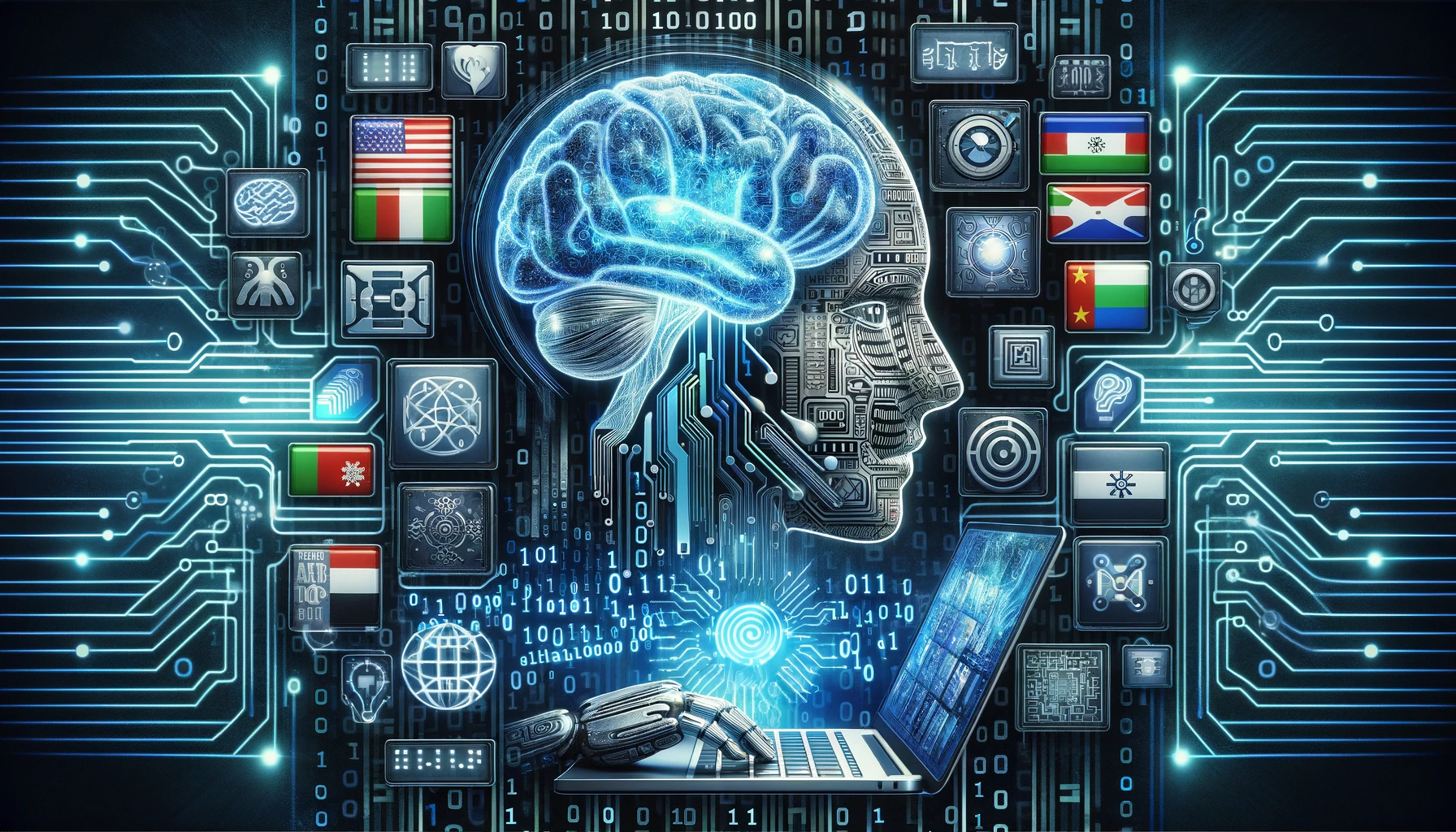Automatic Translation with AI: The New Frontier Breaking Language Barriers

November 28, 2023
Automatic translation with Artificial Intelligence (AI) is becoming increasingly popular, thanks to its ability to simplify and enhance the quality of translation. This technology relies on AI to analyze content and produce reliable translations in a very short time.
Let’s explore how AI-driven automatic translation works, its advantages, and potential future applications.
1.Introduction to AI-driven Automatic Translation
AI-driven automatic translation is achieved through the use of complex algorithms. These algorithms analyze the words in the text to generate a real-time translation faithful to the original. They are trained on extensive linguistic datasets, including dictionaries, idioms, idiomatic expressions, and grammatical rules, enabling them to recognize linguistic patterns and produce precise and reliable translations. This technology can be employed to translate various types of content, such as documents, websites, and essays. Its potential lies in simplifying the work of professional translators, reducing delivery times, and improving translation quality.
2.How AI-driven Automatic Translation Works
AI-driven automatic translation is progressively relying on machine learning techniques, allowing the system to adapt to subtle linguistic nuances and constantly improve its text generation ability. This approach enables Artificial Intelligence to identify linguistic patterns of any kind, thereby generating increasingly accurate translations.
Some systems combine different methodologies, such as hybrid translation, which integrates both rule-based and statistically based approaches. This process aims to leverage the advantages of both methods. Combining the precision of grammatical rules with the learning ability of linguistic statistics. The synergistic use of these techniques allows automatic translation systems to achieve more accurate and adaptable results in a wide range of contexts and languages.
3.Advantages of AI-driven Automatic Translation
AI-driven automatic translation offers numerous advantages over manual translation. Firstly, it can produce translations much faster than manual translation, allowing professionals to save valuable time. Additionally, automatic translation can be used to efficiently and accurately translate large amounts of text, reducing the production costs of multilingual content. Another significant advantage is its ability to improve the quality of translations over time. Through machine learning, the system can learn from its own translations. It also continuously improve, adapting to the various nuances of languages.
In summary, this translation system offers several advantages, including:
- increased efficiency in the production of multilingual content
- cost reduction
- continuous improvement in translation quality over time.
4.The Future of AI-driven Automatic Translation and Its Potential Applications
The future of AI-driven automatic translation appears promising, thanks to the ongoing evolution of machine learning technologies and the growing demand for multilingual content. One possible future application could be integrating this technology into communication devices such as smartphones or tablets, enabling smoother and more immediate communication between people of different languages.
There is no doubt that AI-driven automatic translation presents numerous possibilities and innovative applications. This could make global communication smoother and more immediate. It represents a new paradigm in the field of multilingual communication. It will also increasingly have a significant impact on the globalization of the market and international collaboration.
Try AI Translation for free, a tool that skillfully combines linguistic technology with Generative AI, offering Contents.com customers impeccable translations to expand their audience on a global scale.








